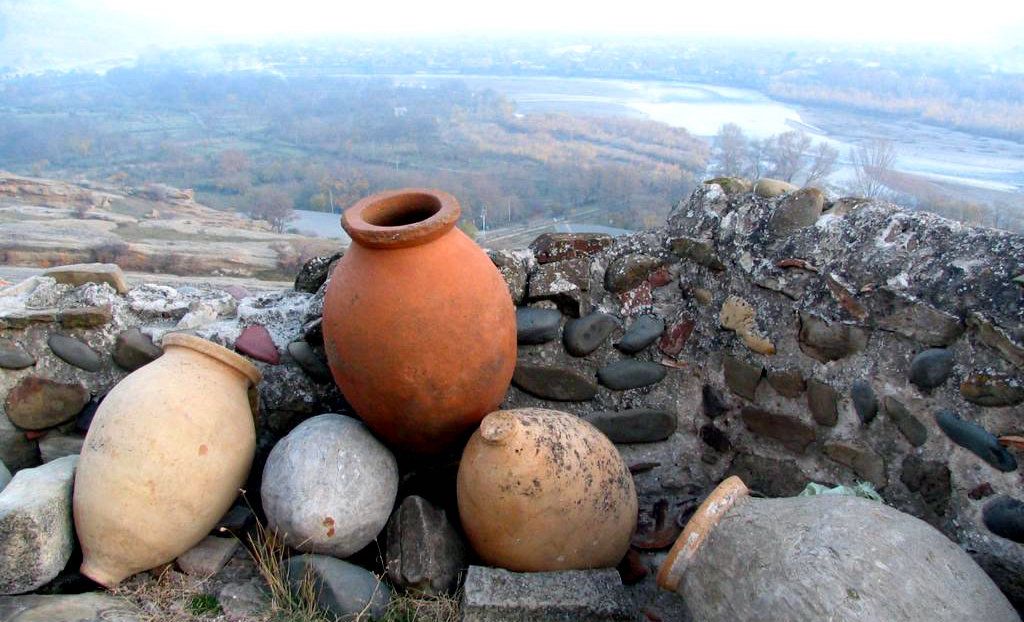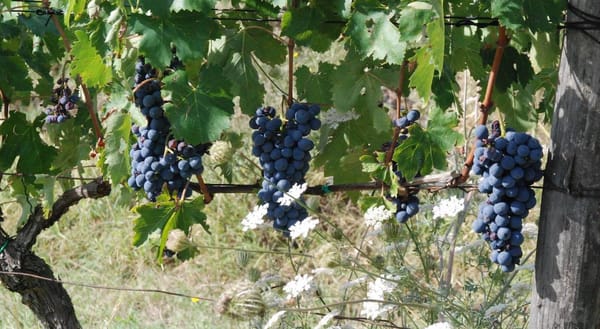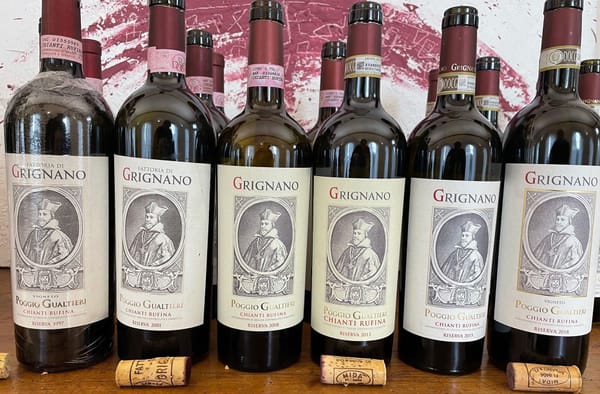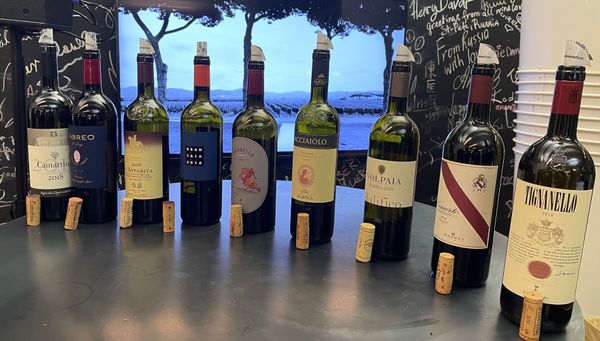Wine Guide: Georgia

Georgian Wine Regions:
Abkhazia | Ajara | Guria | Imreti | Kakheti | Kvemo Kartli | Mtskheta-Mtianeti | Racha-Lechkhumi | Samtskhe-Javakheti | Samegrelo | Shida Katli | Tskhinvali
Georgia, along with Armenia is widely considered to be the cradle of wine making; viticulture artifacts for pruning, pressing and fermenting found here can be traced back 7000 years. Throughout empires, Assyrian, Roman, Persian, Byzantine and the even under the Soviet Union, wine has been integral to Georgian cultural life. Wine making knowledge was handed down through generations, accompanied by stories that turned to legends. Whether inspired by the country's 4th century conversion to Christianity and the inherent symbolism of wine in the Holy sacraments, or whether because wine holds a place on a more human level, that of the farming man growing his survival, it would be true to say that wine, food and hospitality are the pillars of Georgian society.
The story, like many other wine stories of antiquity involves the accidental and unexpected fermentation of grape juice. Here however, that took place in what has become known as the quintessential Georgian way, buried underground in clay pots known as Kveris. This unique, artisanal method of wine production was perfected over the centuries, passed through the family and pursued as a badge of family pride. From wild vines came high quality wines cultivated on the rich, fertile slopes of the Caucuses Mountains.
Although the most recent chapter of wine production in Georgia paints a fairly depressing picture, crippling stagnation under the shadow of Soviet hegemony and chronic underdevelopment have meant that Georgia has been left behind in the 20th century. With virtually no commercial wine scene to speak of, other than the low quality state owned bulk wine heading to the communist north, the country was simply off the vinous map.
Even after the collapse of the Soviet Union, the damage done was too deep rooted to induce overnight change. Investment was needed, new vineyards needed and new sales and marketing pitches to help position Georgia in a quickly changing international wine space. What could Georgia bring to the crowded consumer table?
Well firstly, with over 500 officially recognised indigenous grape varieties (albeit only 38 are permitted in commercial wine making), there is clearly plenty to discover. The main red variety, Saperavi, tends to produce big, robust wines, high in tannin and alcohol, rich in red fleshy colour and raspberry scents but capable of ageing up to 50 years. There is however plenty of versatility to be found. Saperavi wines can also be light and soft, as well as fully dry through to sweet. The grape is often blended with other varieties and does particularly well in the eastern region of Kakheti.
Considering 14 of the 18 official wine of origin appellations are located here, Kakheti is in fact the most suitable region with which to begin any discussion of Georgian wine. In addition, over 70% of the countries wines are produced in Kakheti. Hot summers and mild winters make for ideal conditions for the cultivation of some fairly interesting varieties. For enthusiasts of unknown, obscure grapes, there is much to get stuck into.
Tsindali AOC, is a white blend of Rkatsiteli and Mtsvane and comes from the Kvareli and Telavi districts of the region. The wines are generally fermented at low temperatures and with age can take on complexity, darkening in colour and exuding nutty aromas.
Mukuzani AOC, produced from Saperavi, is aged for at least three years in oak casks, unlike Saperavi utilised in Kindzmarauli AOC, which receives only two years of wood ageing. Aromas of wild berry, oak, spice and smoke characterise both wines and of the many distinct wine styles produced in Georgia, these two stand a good chance of appearing on your local wine merchants shelves at some point soon, possibly carrying an international medal or two.
The region of Imreti lies to the west, in the lowlands. Famous throughout Georgia for the hospitality of its people and the rich culinary tradition that prevails throughout the area, Imreti produces white wines from Tsitska, Tsolikouri and Krakhuna, while reds are generally made from Aladasturi, Dzelshavi, Mgaloblishvili and Otskhanuri Sapere.
Guria to the west borders the Black sea. Here there are plantings of Saperavi that are soft and approachable and it is likely we will see increasing amounts of this easily pronounceable region in international markets overing the coming years.
There are two other regions of note, Racha-Lechkhumi which happens to be the smallest wine region in Georgia and Kartli. In the lowlands of Kartli, irrigation is required to assist during the hot, dry summers. Here wines most akin to the European style can be found, Chardonnay and Pinot Noir finding an adopted home for example. Amongst grape material for Brandy, Georgia's sparkling wines are produced here.
What is the future for Georgian wine? The recent political incidents that sparked the imposition of trade sanctions against Georgian exports to Russia has forced the country to look at new markets, Europe, the US, China and the results are looking increasingly positive. A new generation of entrepreneurs are searching to take many of the countries interesting grape varieties beyond the level of basic table wines for domestic consumption and show them as serious wines able to compete for attention amongst the international varieties. These grapes or regions may never become household names, but for those willing to do a little digging, there will be some fascinating surprises in reward.




